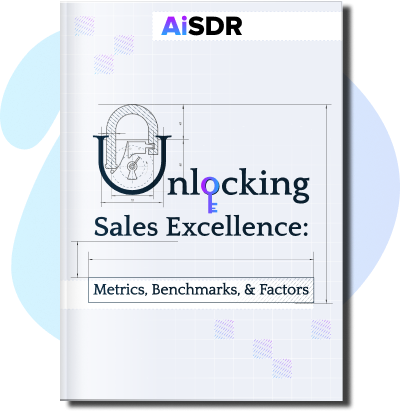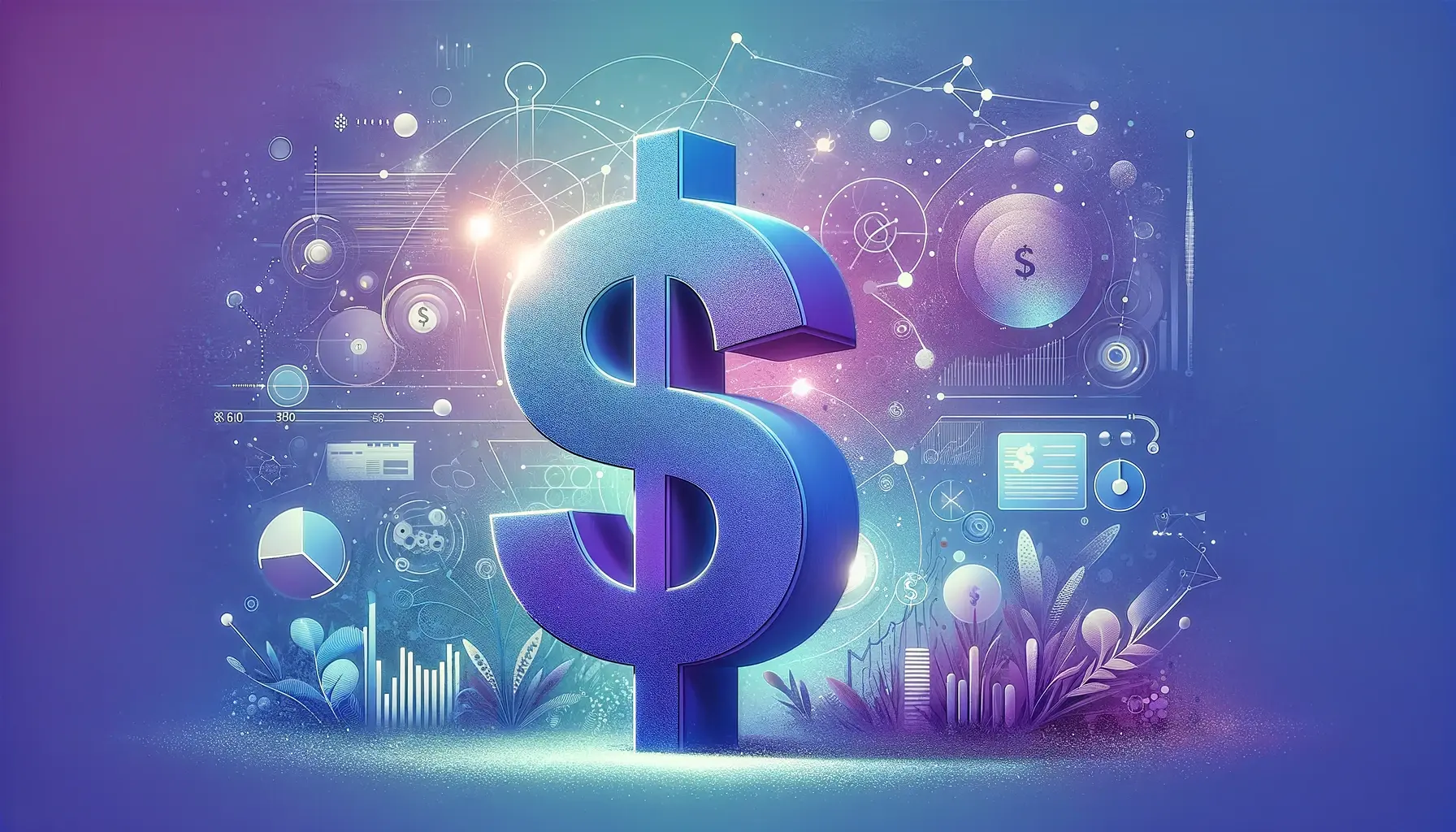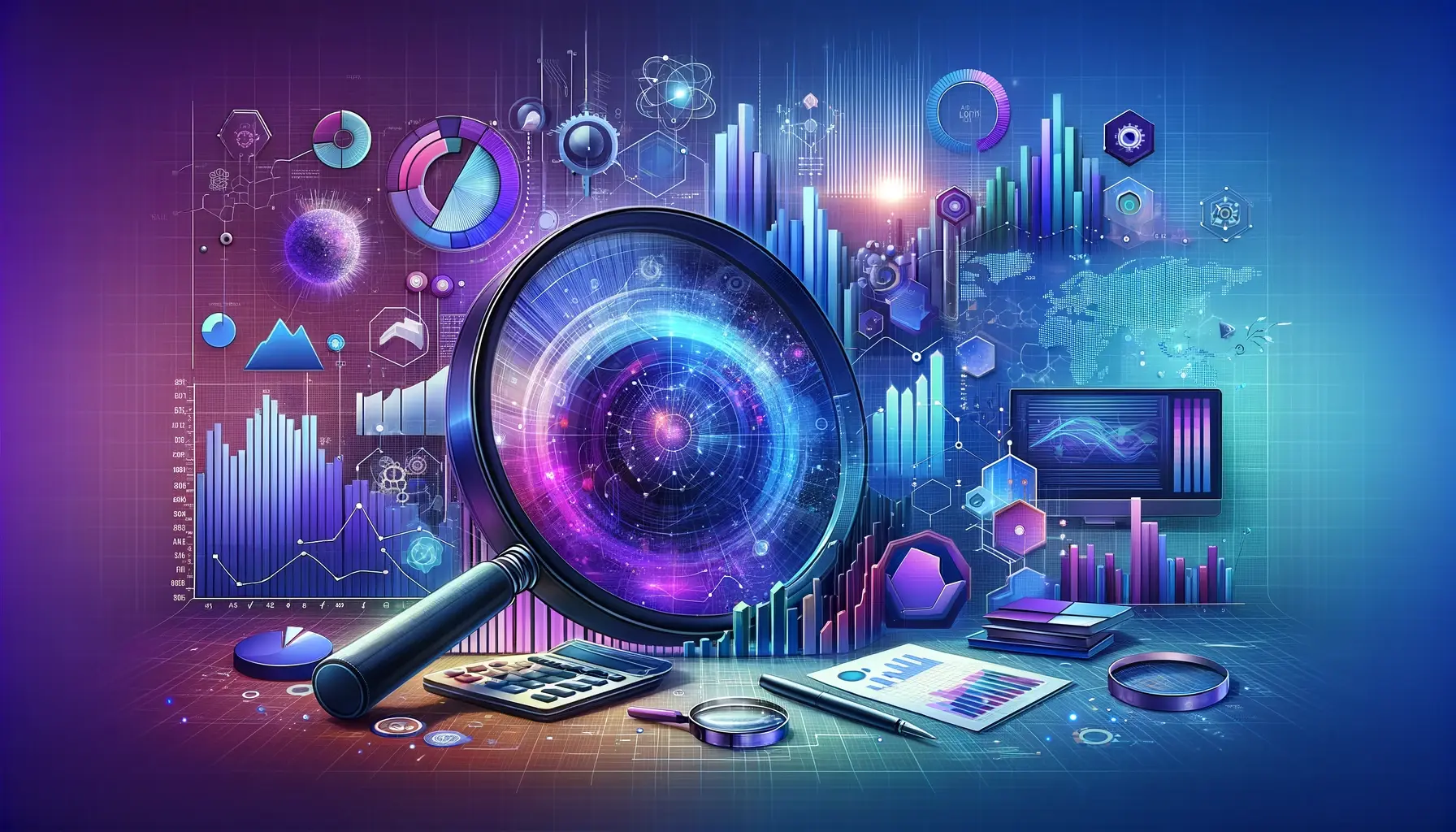Benefits of AI for Revenue & Sales Forecasting

If you could analyze data in less time and with less effort, would you? Check out how AI can assistant with sales and revenue forecasting
Two questions for you.
Question #1: Would you rather rely on guesswork or turn to hard data once it’s time for you to make a critical business decision?
Question #2: If there was a way for you to analyze data in less time and with less effort, would you take it?
Companies that make data-driven decisions for marketing and sales improve their ROI by 15-20% and they’re 5-6% more profitable than their competitors.
This is easier said than done though. With viral trends, changing regulations, natural disasters, and geopolitical upheaval almost daily news, revenue and sales forecasting is a major challenge.
That’s where sales AI revenue tools come in.
AI-driven revenue forecasting is a faster option for quickly and painlessly updating models and running projections for different situations. And if something does happen, AI can rapidly update your sales forecasts so that you can respond swifter and save precious seconds.
Here’s a closer look at how AI can assist with forecasting revenue and sales.
Which factors affect forecasts?
Any good forecasting strategy takes four main factors into account: market trends, seasonality, your competitor’s activity, and your sales team’s strength.
Market trends
Customer spending habits are closely tied to market trends. A booming economy with low unemployment will increase demand for premium products, while during a recession, consumers often spend less and focus on essentials.
New innovations can also shake up a market, similar to how e-commerce disrupted traditional retail stores and how the sharing economy enabled business models like Airbnb and Uber.
Seasonality
Where are your typical sales peaks and lows? Retailers ramp up for the Black Friday rush while travel businesses boom during the summer. An effective forecast will consider both fixed seasonal events and your past sales.
Competitive landscape
What direction are your competitors headed? If one of your top competitors has announced a massive release taking place soon, this could impact buyer behavior.
Sales team performance
Your sales team structure, compensation, incentives, and training all affect sales performance. What’s more, the historical over- or underperformance of certain products, teams, or locations can serve as indicators of how sales may pan out.
While each of these factors is clear, predicting what impact their combined effect will have is more difficult, especially if you’re doing it manually.
What are the challenges of traditional revenue forecasting strategies?
Trying to analyze all the moving pieces in a forecast using conventional revenue projection techniques isn’t just hard — it overlooks crucial data. Here’s why.
Manual processing is prone to error
Think about how many data sources go into 360 analysis. Internal sales figures span products, regions, and customer segments. Then, economic data, competitor activity, and spending patterns will be added.
This vast amount of data means manual revenue forecasting strategies are both labor-intensive and error-prone. Mistyping a number or copy-pasting the wrong cell can throw an entire forecast out of whack, making it useless for critical business decision-making.
Forecasts don’t show the bigger context
Even when you manage to combine all your data sources, traditional tools like spreadsheets lack visibility. Your overall sales might have increased last quarter, but is the increase coming from just a few big clients or a larger customer base?
Getting the most out of leveraging data requires advanced forecasting methods. Without them, you can easily miss nuances that have a big impact on strategy.
The bigger the scale, the harder to forecast
When you’re small, using a spreadsheet for forecasting is manageable. But as you expand product lines, sales channels, and markets, tracking updates and impacts from small changes becomes a nightmare.
To make intelligent decisions, you need something far more powerful than old-school forecasting techniques — AI-driven revenue prediction tools.
What are the benefits of AI for sales and revenue forecasting?
Artificial intelligence is ideal for crunching massive datasets, detecting subtle patterns, and automatically giving precise projections. This brings massive advantages to forecasting work.
Task automation
First, AI can handle tedious grunt work with little to no human intervention. Revenue prediction software can ingest raw data from multiple sources, and when new data rolls in, it can easily generate updated forecasts. And if you need to test different scenarios, AI can run hundreds or even thousands of simulations.
Ability to analyze large datasets and identify patterns
Datasets from ERP systems, sales tools, public records, and so on are huge. AI can process them effortlessly and determine which variables matter most and how they relate.
This ensures your forecasts take into account every variable impacting your revenue, from supply chains to seasonal demand cycles.
Real-time insights for faster decision-making
AI-based sales prediction software isn’t just fast at data crunching. It also monitors data streams in real time to generate up-to-the-second revenue projections.
For example, when a new regulation comes into effect, AI can immediately create updated forecasts to guide your response.
More accurate predictions
With AI taking over repetitive forecasting tasks, dataset processing, and real-time data stream monitoring, projection accuracy increases dramatically.
Thanks to machine learning, an AI model can self-optimize for even greater accuracy over time, so your sales and revenue forecasts will keep getting sharper and sharper.
Advantages like these mean investing in AI to streamline revenue forecasting is a no-brainer. However, choosing the right AI solution for your business needs is much more challenging. That’s why we’ve picked the top things to pay attention to when choosing your perfect sales prediction software.
What should you consider when choosing AI for revenue prediction?
There’s no one-size-fits-all solution in forecasting tech. However, anything that checks all the boxes below will be a great candidate for your purchase shortlist.
Integrations with current software
What’s the point of having an AI automation tool if you still have to extract data from all your disconnected systems manually? Check that the solution offers seamless connectivity with your current software stack, including your CRM, ERP, and other tools.
Alternatively, you can look for a tool that allows you to consolidate and replace software subscriptions so that it’s easier for you to attain a positive software ROI.
Scalability
How much data will your revenue prediction software need to handle as your business grows? The best AI platforms use cloud infrastructures that can easily scale up or down as required.
Customization options
All sales forecasting requirements are different, so it’s important to find revenue prediction tools that you can customize to fit your processes. Make sure your sales prediction software lets you:
- Mirror your existing product categories and hierarchies
- Connect data sources to your corporate metrics, like revenue and units sold
- Organize data in terms of your sales territories and customer groups
- Plug in any proprietary forecasting techniques
- Configure report views, dashboards, and workflow triggers
A tailored set-up like this means business forecasting with AI will accurately reflect your operations.
Prediction accuracy
Of course, all the capabilities above are just bells and whistles if you can’t trust the numbers. Ask the AI vendor for real-world proof that their technology works as advertised. In addition, make sure the sales prediction software doesn’t just compile reports but also gives logical commentary you can follow.
How AiSDR uses revenue and sales forecasts
AiSDR is an AI-powered sales development rep that works alone or alongside your team to automate and optimize your sales work.
Here are just some of AiSDR’s sales features:
- Intent-based email outreach – AiSDR analyzes your sales data to pinpoint your most promising leads, meaning you focus your outreach on the prospects who are most likely to convert.
- Personalization – AiSDR reviews your past sales data, forecasts, and buying behavior before tailoring emails and content for each individual lead.
- Real-time data insights and prospect engagement – Your AI assistant can analyze potential customer concerns and review how your sales staff responded in the past. AiSDR then directly addresses customer doubts in messaging and persuades leads to schedule a call.
AiSDR makes your sales process more productive at every stage, so you can hit the ground running and generate more income.
Sell smarter and faster with AiSDR
The right AI can transform sales and revenue forecasting from a complicated, error-prone duty into a simple, time-efficient task. AI’s real-time data collection and analysis can save sales teams considerable time while ensuring forecasts are up-to-date and based on the latest information.
This will empower better decisions as well as a stronger market position. Tools like AiSDR help improve your overall sales process by qualifying and prioritizing leads, personalizing outreach by intent, and providing critical insights.
Book a demo to see AiSDR in action.











